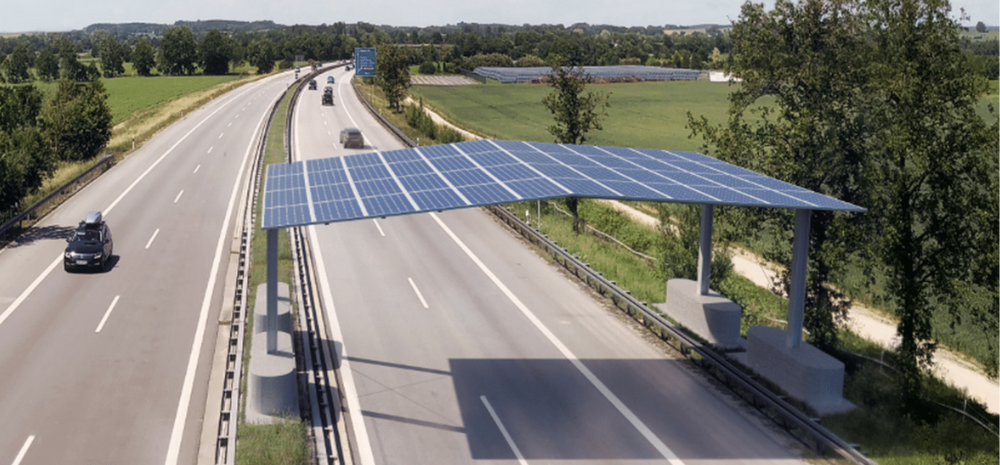In a major policy shift, the United States has advanced the production of the B61-13 nuclear gravity bomb. Initially planned for 2037, the timeline has now been pushed up to 2026, driven by mounting global tensions including the wars in Ukraine and the Middle East. The replacement of older bombs is expected to complete by 2028.

What Is the B61-13 Gravity Bomb?
The B61-13 is a powerful nuclear weapon designed to replace aging models in the US nuclear arsenal. Built at Sandia National Laboratories in New Mexico, the bomb combines the high-yield warhead from the 1980s-era B61-7 with the precision and safety systems of the more modern B61-12. It will be carried by the upcoming B-21 Raider stealth bomber.
24 Times More Powerful Than Hiroshima
This weapon of mass destruction has a yield of 360 kilotons, or 360,000 tonnes of TNT — nearly 24 times more powerful than the 15-kiloton bomb dropped on Hiroshima in 1945. Experts estimate that if used on a densely populated city like Beijing, it could kill nearly 788,000 people and injure over 2 million. Everything within a half-mile would be vaporized.
No Increase in Nuclear Stockpile, Says US
Officials have clarified that this accelerated production won’t lead to an increase in the US nuclear arsenal. Instead, production of B61-12 bombs will be scaled down to balance the addition of the B61-13. The overall goal is to modernize the stockpile, not expand it.
Escalating Global Conflict Sparks Urgency
The urgency comes as international conflicts deepen. The Israel-Hamas war has expanded to involve Iran and Yemen, and US tensions with China continue to rise. The Biden administration reportedly began the project in 2023, fearing Russia’s invasion of Ukraine might spiral into a broader conflict in Europe.
Bottom Line:
The B61-13 gravity bomb represents a dramatic leap in America’s nuclear capabilities. As global conflicts heat up, the U.S. appears to be preparing for a more volatile future — one where precision, power, and readiness could determine the course of history.












